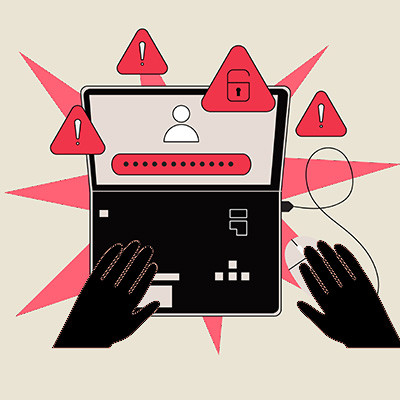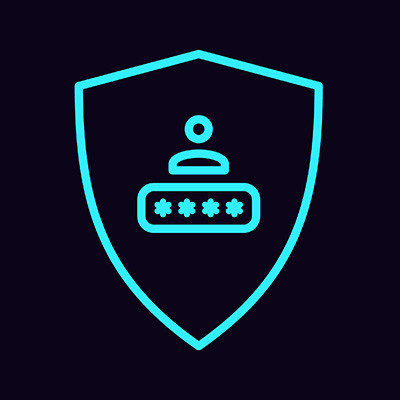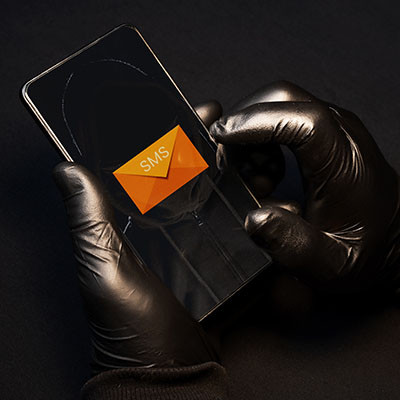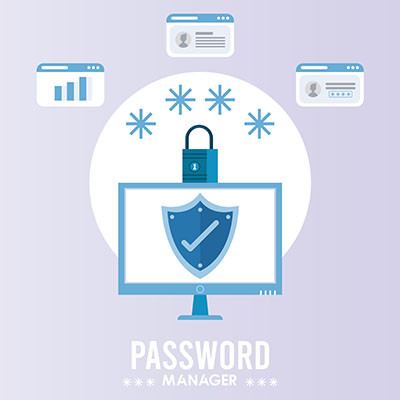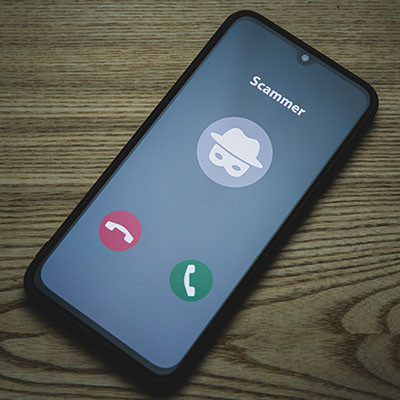Apex Technology Blog
One major nonprofit has become the victim of a disclosed major data breach, affecting 890 schools all across the US: the National Student Clearinghouse, or NSC. The organization has announced that they have experienced a considerable data breach that has put their clients’ data at risk. What does this mean for affected organizations and their clientele?
These days, data privacy is absolutely critical in both a business and individual context. In some locations, governments have introduced legislation to protect consumers, and in others, there is significant pushback in favor of fewer regulations on business. How does data privacy factor into your business’ operations?
You might see encryption as a major benefit to your cybersecurity strategy, but it’s often used in a way that might have you guessing whether you really understand it. Let’s take a closer look into what encryption does to your data, as well as why it is essential for any business to ensure maximum privacy and security.
How often does your company take it upon itself to ensure that those working for its success—your employees—are kept up to speed on cybersecurity? If your approach is to have your team sit in a room and watch a presentation once a year, it’s time to reconsider your training strategy. Let’s talk about the impact that proper cybersecurity training can have, and who tends to have access to it.
The United States Federal Trade Commission’s mandate is to prevent fraud and promote consumer protection in today's interconnected world, where the digital landscape continues to evolve at a rapid pace. The FTC recognizes the importance of safeguarding consumer information and has implemented their Safeguards Rule as a means to ensure that businesses protect sensitive data from unauthorized access and misuse. Let’s take a look at the Safeguards Rule and what you need to know about it in regard to your business.
We discuss phishing often on this blog, and one method that often flies under the radar is smishing, or phishing that is conducted through SMS messages. Although email phishing is perhaps the most common method of conducting these scams, you should also be prepared to take on smishing, as it comes with its own share of unique challenges and dangers.
Nowadays, you can’t afford not to have some portion of your business’ budget set aside for cybersecurity. The question is, how much do you need, and what should you be spending it on first? Let’s take a few moments to dig a little deeper into this question and examine a few cybersecurity protections you should establish as your business’ baseline defenses.
There is a lot of misinformation and misperceptions out there related to network security, especially where small businesses are concerned. In particular, browser security is one aspect where many individuals’ knowledge simply falls flat, and they buy into myths that put their data at risk. Let’s clear up some of these misconceptions so you can go about your day in a more secure way.
Businesses cannot afford to grow complacent with their network security, as it could make a significant difference between falling prey to an attack and remaining secure. The process of securing a network must be looked at holistically, from top to bottom. This idea of enterprise security is not new, but even a small business needs to keep it in mind, and these solutions are more accessible than you might think.
One of the reasons that information technology keeps changing is for the sake of the user and their convenience using it. However, if this convenience comes at the sacrifice of your business’ cybersecurity, it just isn’t worth it. This is the crux of why we always recommend that any organization seeking to use password management should invest in a reputable password management software, rather than the built-in capabilities of modern browsers.
Cyberattacks are a serious problem that all businesses face in some form or another, but there are small, everyday tasks you can do to ensure that they impact your organization as minimally as possible. It takes intention and effort to protect your business and its infrastructure, but that doesn’t mean that it has to be hard. Here are three simple ways you can keep your infrastructure secure.
The increase in wearable technology that you see coming into your business has substantially increased over the past couple of years. People are doing a better job of tracking their health and using wearable technology to improve their work lives. This creates a problem for the business because every single device brought onto a network is a potential threat and threats have to be managed. Let’s take a look at how people are using wearable technology and what you can do in response to this trend.
Phishing attacks have consistently been prominent in cybercrime throughout the past few years, not only due to their efficacy but also because there are so many avenues wherein phishing can be attempted. The first that comes to mind is email, of course, but you and your team need to keep these others in mind.
Take, for instance, a phishing voicemail…dubbed, naturally, a “phoicemail.”
Email remains a cornerstone in business communications, often containing sensitive information and other data that really needs to be protected. Fortunately, modern email platforms often enable you to add a little bit of protection, so long as you know what the process looks like.
Let’s go over how you can make your emails just that much more secure.






